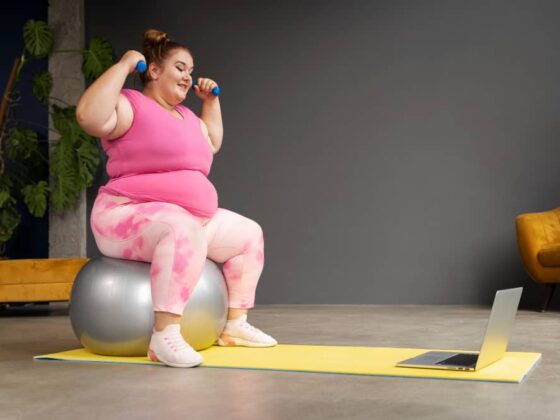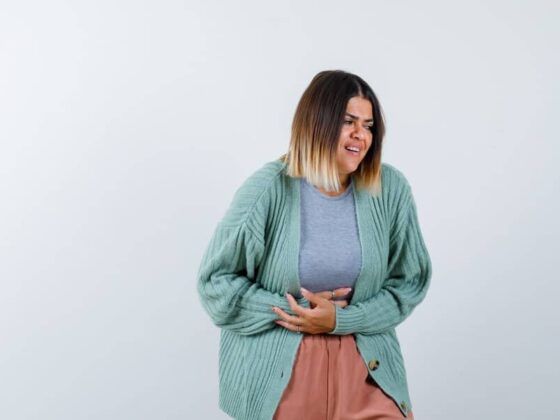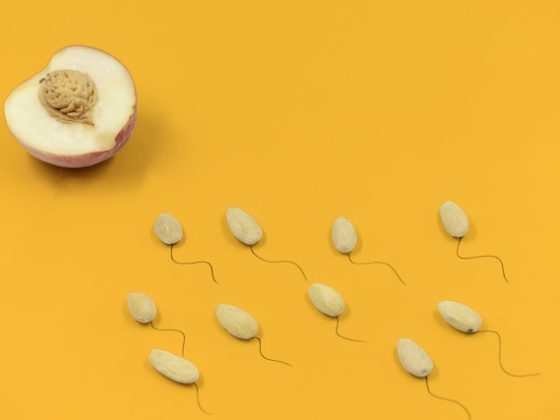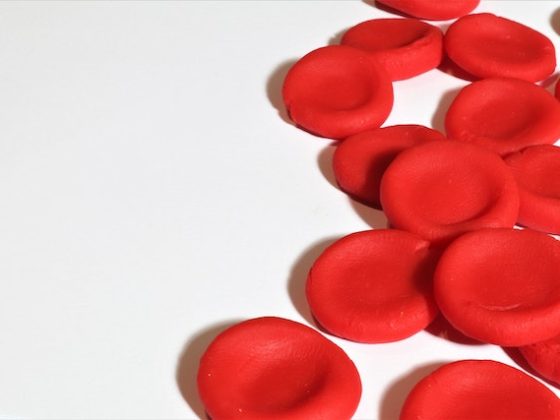Hey there! This post may contain affiliate links. As an Amazon Associate, I earn a teensy commission from qualifying purchases when you buy through these links (at no additional cost to you). For more info, please check the full disclaimer.
October is a dedicated breast cancer awareness month celebrated throughout the world. And what’s better than learning a few interesting breast cancer facts this year!
You know, this month holds a special value for me. One of the many reasons why I started Women Health Hub was because of this disease.
I’ve seen women around me fight breast cancer for years. While some were lucky enough to survive, others weren’t.
Because of this disease, I witnessed families breaking apart and spending a fortune to get the best treatment for breast cancer.
I’ve seen kids living a life without their mothers, mothers without their daughters, and brothers without their sisters.
It’s truly heartbreaking! 🙁
But this also holds a lesson for us, the women of the world.
There has never been a more crucial time to pay attention to women’s health.
Start setting new health goals for yourself. Prioritize your mind and body.
Take out some time every month to conduct a thorough breast self-exam. If you’re a woman over 40 years, you must go for an annual breast screening test or mammogram.
Eat a healthy and nutritious diet. Add specific foods that prevent breast cancer risk.
This is the only way you can prevent this life-threatening disease!
In today’s post, I’m sharing some unbelievable latest breast cancer facts and figures to increase breast cancer awareness among women.
Breast Cancer Worldwide Statistics 2020
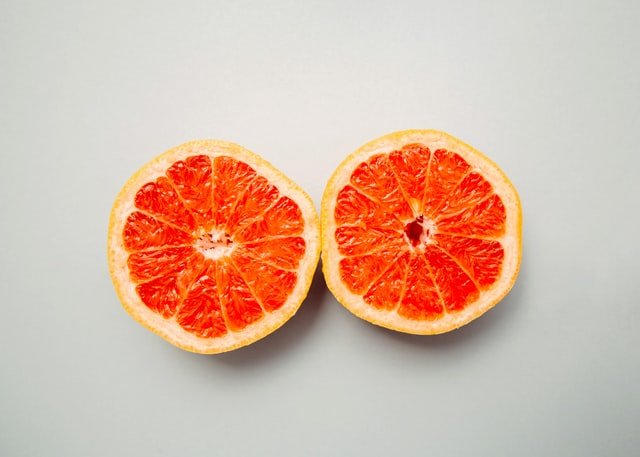
- According to an estimate, almost 30% of the female cancer cases this year will be related to breasts.
- Every 10th woman experiences breast cancer.
- Experts estimate that in 2020, more than 276,000 US women will be diagnosed with invasive while 50,000 women will have non-invasive breast cancer.
- Women aged under 40 years are less susceptible to breast cancer (47% cases) than those who’re over 60 years old (68% cases).
- Over 3.8 million females in the US have breast cancer right now.
- In the US, there are more than 3.5 million survivors of breast cancer.
- The latest stats reveal that Belgium is currently the #1 country with the highest breast cancer cases.
- France, Australia, UK, Italy, and the Netherlands are also among the top 10 worldwide countries with many cases of breast cancer in women.
- Sweden, USA, Switzerland, Canada, Finland, Germany, and Norway are among the top 30 countries in the world with multiple cases of breast cancer.
- Surprisingly, Asian countries have a lower rate of female breast tumors compared to the US and others.
- Early breast cancer screenings (mammograms) have helped reduce the women’s deaths from this cancer by 40% between the 1980s to 2000s.
- Per the previous estimates, more than 42,000 women will lose their lives to breast cancer in 2020.
- Breast cancer survival rates for Black women are 9% lower than that of white.
- Every year, about 60% of women are diagnosed with invasive breast cancer located only in the breast tissues.
- 91% of women with non-metastatic invasive breast cancer can live up to 5 years after diagnosis.
- On the other hand, up to 84% of women live for 10 years after the same diagnosis.
- 99% of women can live for 5 years if the cancer is only in breast tissues.
- But if cancer reaches the lymph nodes, 86% of women can live for the next 5 years.
- 20 to 30% of women with an early-stage breast cancer diagnosis develop metastatic breast cancer later on.
- If the breast cancer reaches other organs at a distance (such as the stomach), the survival rate of these women for 5 years is only 27%.
- Almost 6% of the diagnosed breast cancer cases spread to surrounding tissues and lymph nodes.
Interesting Facts About Breast Cancer in 2020

Below are some unusual facts about breast cancer that I’ve gathered from numerous authentic researches and breast cancer foundations/organizations. I’ll keep updating this post with new info.
However, before you read further, here’s my advice:
- Don’t freak out! If you feel you’re at risk, the ideal thing to do is consult a trusted doctor. They’ll guide you on what to do next.
- Never go for mammograms by yourself without consulting a doctor first, especially if you’re under 40 years. Overdiagnosis is a real problem and it can worsen your chances of properly diagnosing or treating this serious female disease.
Now let’s get right to the important facts for breast cancer awareness.
Read More: 9 Serious Early Warning Symptoms of Breast Cancer
General Breast Cancer Facts
- The two most common types of female cancers in the US are breast and skin cancers.
- Following lung cancer, the highest number of female deaths occur from breast cancer.
- Annual breast cancer screening tests or mammograms can significantly reduce death risk.
- Here’s a positive fact for you: Getting diagnosed with metastatic cancer (Stage IV) doesn’t mean you’ll have a short life. With the right timely treatment, you can live for several years.
- Breast cancer is more common in women who are above 50 years old.
- Most female breast cancer cases diagnosed in the US are between ages 55 to 64 years.
- Almost 35% of all breast cancer cases are diagnosed in women during reproductive age.
- For some reason, women with Rheumatoid Arthritis (RA) are at lower risk of getting breast cancer. Weird!
- A mammogram involves an MRI (Magnetic Resonance Imaging) technology which is completely safe and has no side effects.
- For women under 40 years, the best way to stay alert is to perform monthly breast self-exams at home.
Read More: How to do your breast self-check
- Early breast cancer risk can also be assessed with the presence of a BRCA1 or BRCA2 gene. Not everyone with these genes will get cancer; some are merely carriers.
- If you have a close female relative with breast cancer, your risk of developing the same is doubled.
- If you have 2 relatives with this diagnosis, you have a five times higher chance of getting breast cancer.
Breast Cancer Treatment Facts
- If you get diagnosed with early-stage breast cancer through a mammogram, you can live for 20+ years with the right treatments.
- The majority of women with metastatic breast cancer spend most of their life in treatment. You’ll have good days when cancer would remain under control while other times, the doctors might need to change the treatment accordingly.
- Not all types of breast cancer treatments would affect your appearance. Some treatments other than chemotherapy might not impact hair growth or your skin.
- Everyone with metastatic breast cancer isn’t necessarily subjected to chemotherapy.
- The treatment goals for early-stage and metastatic breast cancer are different. With early diagnosis, the treatment would be much more aggressive to kill every last cancer cell. With the latter, the goal is to help you live as long as possible.
- Various breast cancer treatments can affect fertility or the ability to get pregnant. So do discuss this with your doctor first before making any decisions.
- Research shows that acupuncture has healing effects on joint aches in women with breast cancer.
- Aromatherapy involves using various essential oils like lavender etc to relieve anxiety & pain caused by breast cancer.
- In some cases, music therapy has also shown holistic healing benefits and the effectiveness of treatment in breast cancer patients.
Facts About Reproductive Health, Pregnancy, & Breast Cancer Risk
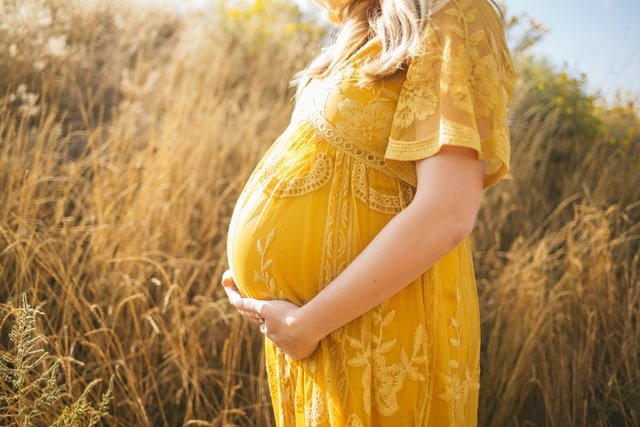
- Girls who start periods earlier than 12 years of age are at a higher risk of getting breast cancer later in life.
- If you had regular periods in the following 2 years of menarche (your first bleeding), then again, you’re at the target of breast cancer.
- One of the most common effects of breast cancer treatment is irregular periods which can also lead to sleep disruption.
- Studies show 50% more risk of breast cancer in women who take contraceptive pills.
- Breastfeeding for a year will reduce breast cancer chances by 4.3%.
- Getting pregnant with your first baby before you hit 30 years is safer than having a later baby. Women who give birth after the 40s are at risk of breast cancer.
- You can get pregnant after getting breast cancer and it won’t raise the chances of recurrence.
- If you develop breast cancer during pregnancy, the best option is surgery.
- If you never get pregnant, you’re at a 2% higher risk of breast cancer than others.
- Delaying menopause through hormone therapy is also dangerous for your puppies!
- A history of uterine fibroids is also linked to a higher risk of this cancer.
- Women under 40 years with endometriosis have a 40% more chance of getting breast cancer.
Read More: Everything About The 5 Stages of Breast Cancer
Facts About Breast Cancer Risk & Your Lifestyle Habits
- Long-term dependence on menopause hormone therapy (a combination of progestin and estrogen hormones) can raise the chances of developing cancer in the bosom.
- Obesity leads to high estrogen production which also puts you at target.
- If you drink alcohol 3 times a week, your girls are at a 15% higher risk of cancer than others because alcohol is known to raise estrogen and contribute to breast tumors.
- Females under 40 who smoke have an increased risk of developing breast cancer later in life.
- Do you place cellphones inside your bra? DON’T! Research shows it’s connected to an increased chance of cancerous tumors.
🎗1 in 10 women gets BC
🎗3 glasses of alcohol a week cause tumors 🥂
🎗Eating red meat daily causes BC 🥩
Discover more surprising facts & figures here!
#womenshealth #breastcancerawareness
- However, the radiation from cellphones is not the culprit.
- Studies also show that second-hand or passive smoking contributes to this cancer in women.
- Elderly women who live in places with bright outdoor nightlights have a 10% higher risk of getting breast cancer than others.
- Living in urban cities with elevated levels of Nitrogen Dioxide (NO2) & Nitrogen Oxides (NOx) in the environment is also connected to frequent cancer incidences.
- Wearing tight fitted padded bras too often can restrict blood circulation and may lead to cancerous tumors.
- Using hair straighteners or hair dyes can raise breast cancer danger by 9%.
- Breast implants are completely safe.
- Women who work in factories or are exposed to chemicals are more prone to breast cancer than others.
- Some particular fragrances are linked to more breast cancer cases.
- Disturbed circadian rhythm or sleep cycle, is also a scary contributor, particularly in women who work night shifts.
- Women aged 65+ years with Obstructive Sleep Apnea (OSA) might develop breast cancer if the oxygen levels drop below 90%.
- Does stress cause breast cancer? Frankly, there’s varying info. Although the risk is little, we cannot rule out the possibility of long-term stress or anxiety contributing to breast tumor growth.

- Research shows that a particular food color called Red 3 contributes to breast cancer risk as its properties are similar to estrogen that kills cellular DNA.
- Studies also reveal that regular intake of red meat shoots up your cancer chances by a whopping 23%!
- On the other hand, the more white meat you eat, the safer you are.
- Besides improving being used as powerful fertility herbal teas, certain plants also contain antioxidants & phytoestrogens to combat cancerous growth. Phytoestrogens are plant-based anti-cancerous compounds.
- A recent study suggests that women who are deficient in Vitamin D often get breast cancer later on.
- Add more Vitamin B12 rich foods to your diet as they show incredible benefits in reducing cancerous tumors in breasts.
- Particular Vitamin C supplements play a vital role in preventing breast cancer.
Read More: 70+ Best Breast Cancer Prevention Foods
- Eating processed foods can raise the chances of developing breast cancer by 11%, according to 2019 research.
- Drinking one glass of dairy milk daily elevates the danger of breast cancer by 50%. By drinking 2 glasses daily, the risk shoots up to 80%!
- Sugary sodas have also been linked to a significant chance of developing this type of female cancer.
- Consuming fat-loaded foods will make you obese, which produces high estrogen, contributing to breast cancer.
- If you’ve been diagnosed or want to prevent breast cancer, avoid consuming vegetable oils like sunflower, soy, or corn oil.
- One of the many benefits of olive oil for women’s health is a lower risk of breast cancer. Research shows that a Mediterranean diet with lots of olive oil reduces the chances of this cancer by 68%!
- Some iron-rich foods may also contribute to breast cancer development. If you eat a lot of heme iron foods (such as meats & poultry) regularly, this could be detrimental for your puppies. Plant-based iron sources are a better alternative.
- If you notice any signs of iron deficiency, get it checked ASAP! Studies claim a connection between an iron-deficient diet and a high risk of breast tumors in young women.
I hope you learned tons of new 2020 facts and figures about breast cancer awareness from this post.
What was the one thing that was completely new for you?
Do you conduct your breast self-exam every month or go for yearly mammograms?
Share with me in the comments below. 🙂
References:
- https://www.cancer.net/cancer-types/breast-cancer/statistics
- https://www.intechopen.com/books/medicinal-plants-use-in-prevention-and-treatment-of-diseases/herbal-remedies-for-breast-cancer-prevention-and-treatment
- https://www.breastcancer.org/symptoms/types/recur_metast/myths
- https://www.breastcancer.org/risk/factors/alcohol
- https://www.mdanderson.org/publications/focused-on-health/breastfeeding-breast-cancer-prevention.h19-1589046
- https://pubmed.ncbi.nlm.nih.gov/30271702/
- https://www.webmd.com/breast-cancer/can-breast-implants-cause-cancer
- https://www.nih.gov/news-events/news-releases/permanent-hair-dye-straighteners-may-increase-breast-cancer-risk
- https://www.lifespan.org/lifespan-living/link-between-processed-foods-and-cancer
- https://www.nytimes.com/2019/08/12/well/eat/eating-red-meat-tied-to-increased-breast-cancer-risk
- https://www.hindawi.com/journals/bmri/2014/453012/
- https://www.webmd.com/cancer/news/20190710/sugary-sodas-juices-tied-to-higher-cancer-risk#1
- https://www.frontiersin.org/articles/10.3389/fonc.2020.00021/full
- https://www.ncbi.nlm.nih.gov/pmc/articles/PMC1469907/
- https://www.cdc.gov/cancer/breast/basic_info/screening
- http://www.nbcnews.com/id/39726407/ns/health-cancer/t/what-you-should-eat-avoid-beat-breast-cancer/#.X37pLGgzap4
- https://www.sleepfoundation.org/articles/lack-sleep-increases-your-risk-some-cancers
- https://pubmed.ncbi.nlm.nih.gov/10877338/
- https://www.ncbi.nlm.nih.gov/pmc/articles/PMC5510119/
- https://www.ncbi.nlm.nih.gov/pmc/articles/PMC5871772/
- https://www.breastcancer.org/research-news/study-on-olive-oil-raises-questions
- https://bmccancer.biomedcentral.com/articles/10.1186/s12885-019-5642-0
- https://bmccancer.biomedcentral.com/articles/10.1186/1471-2407-13-307
- https://www.ncbi.nlm.nih.gov/pmc/articles/PMC5808262/
- https://comprehensivesleepcare.com/2020/10/05/breast-cancer-and-sleep-apnea
- https://www.breastcancerhaven.org.uk/blog/how-aromatherapy-can-provide-relief-during-breast-cancer
- https://cancerresearchideas.cancer.gov/a/dtd/Breast-Cancer-Linked-to-Cell-Phones-Stored-in-the-Bra/185373-39827

